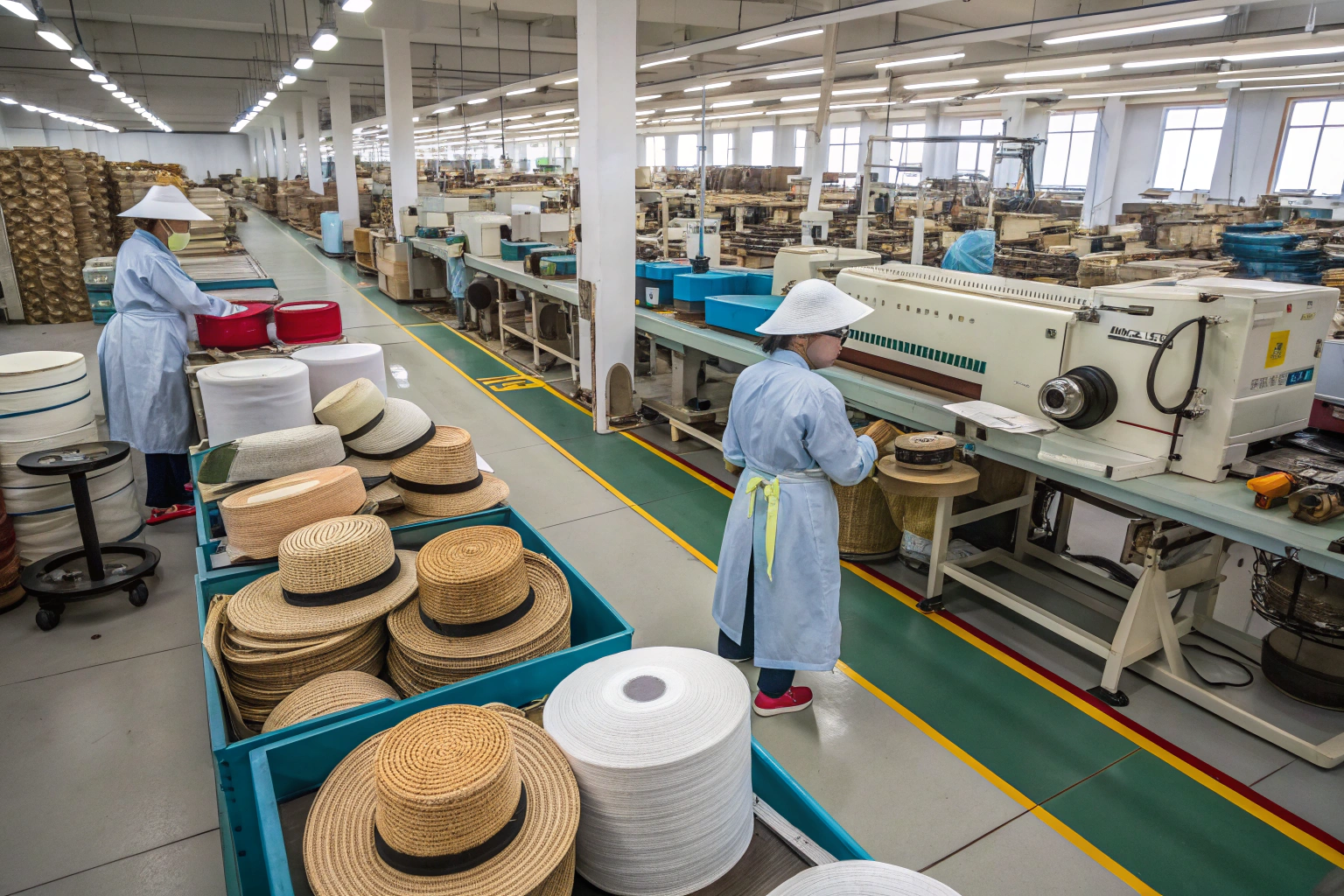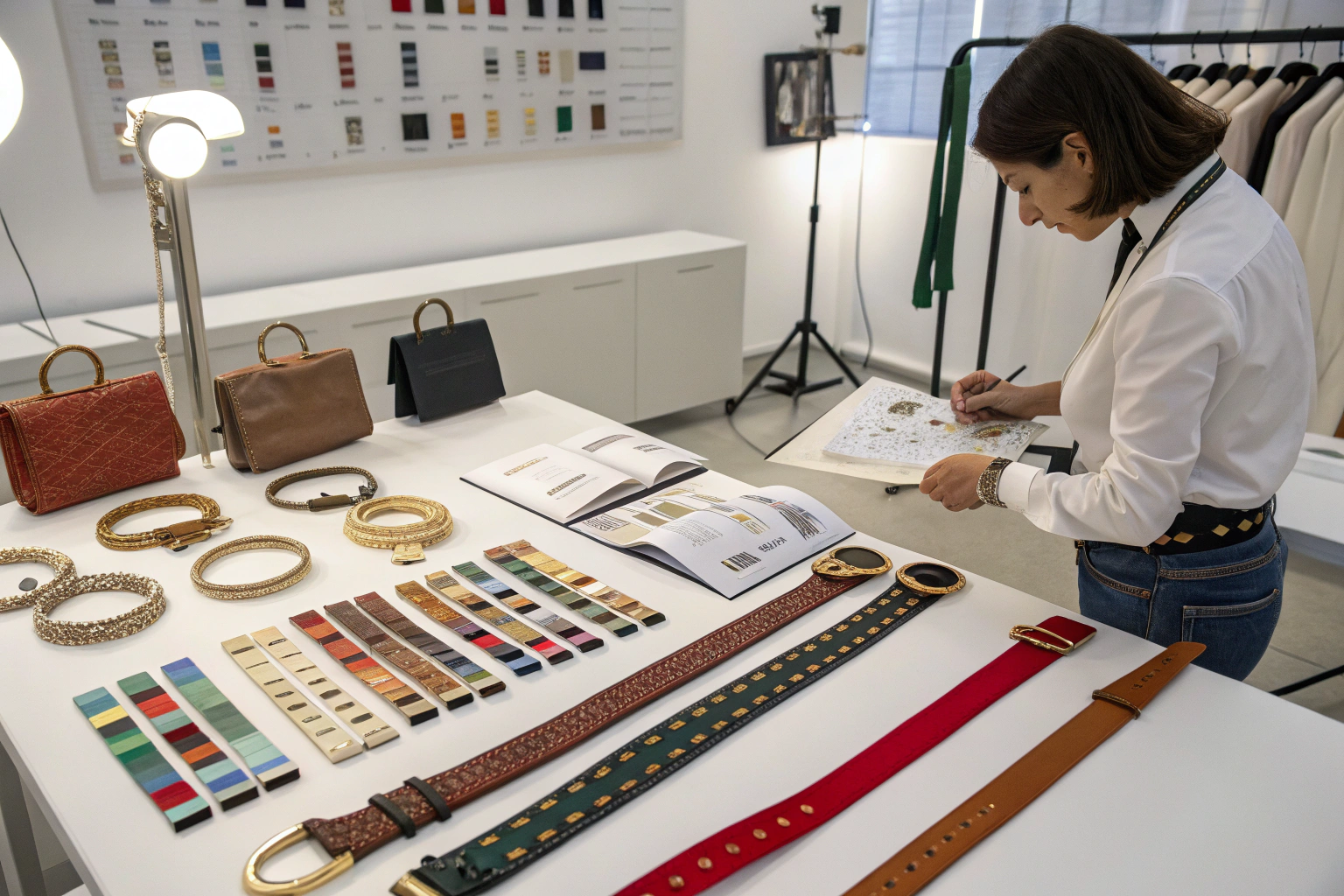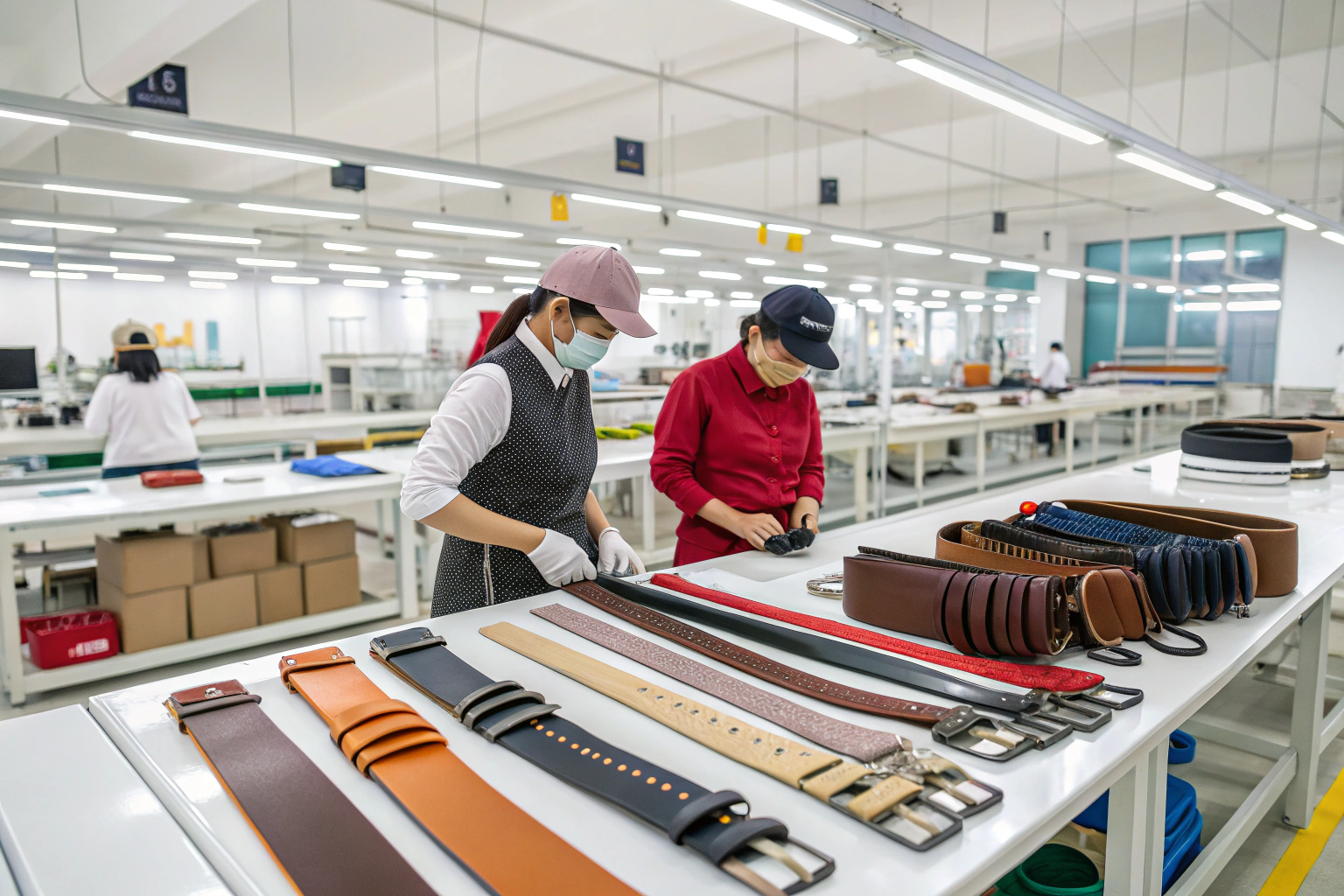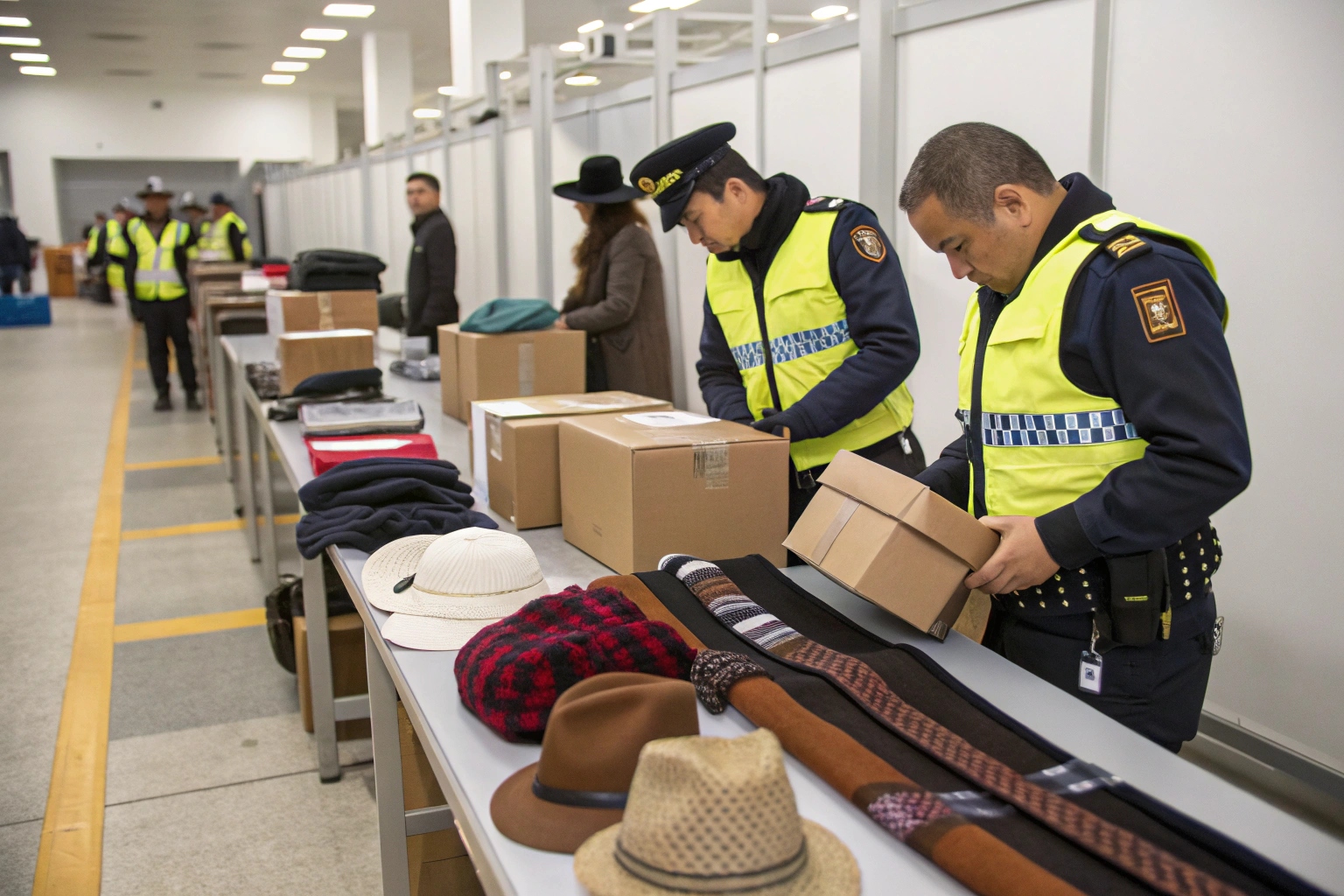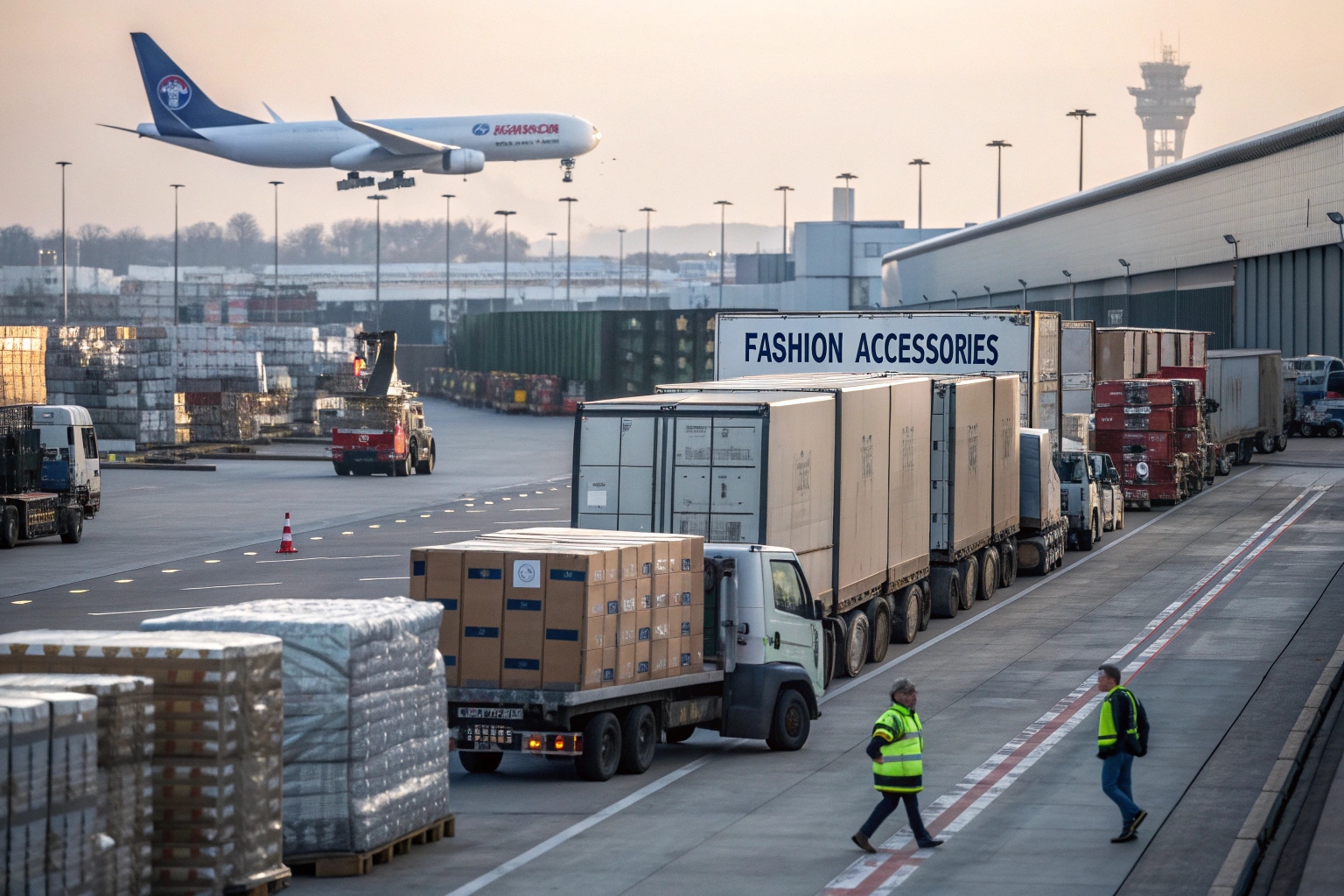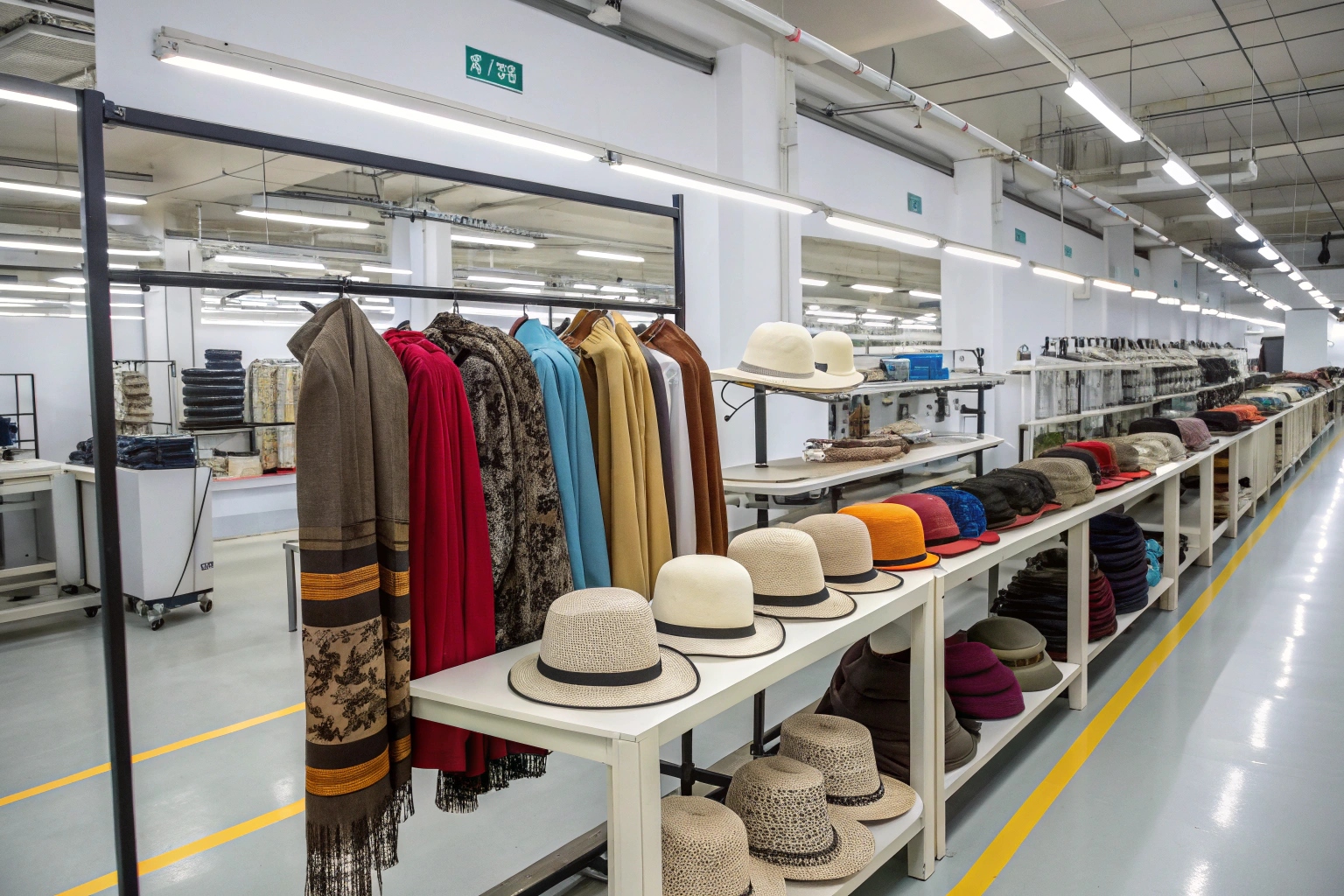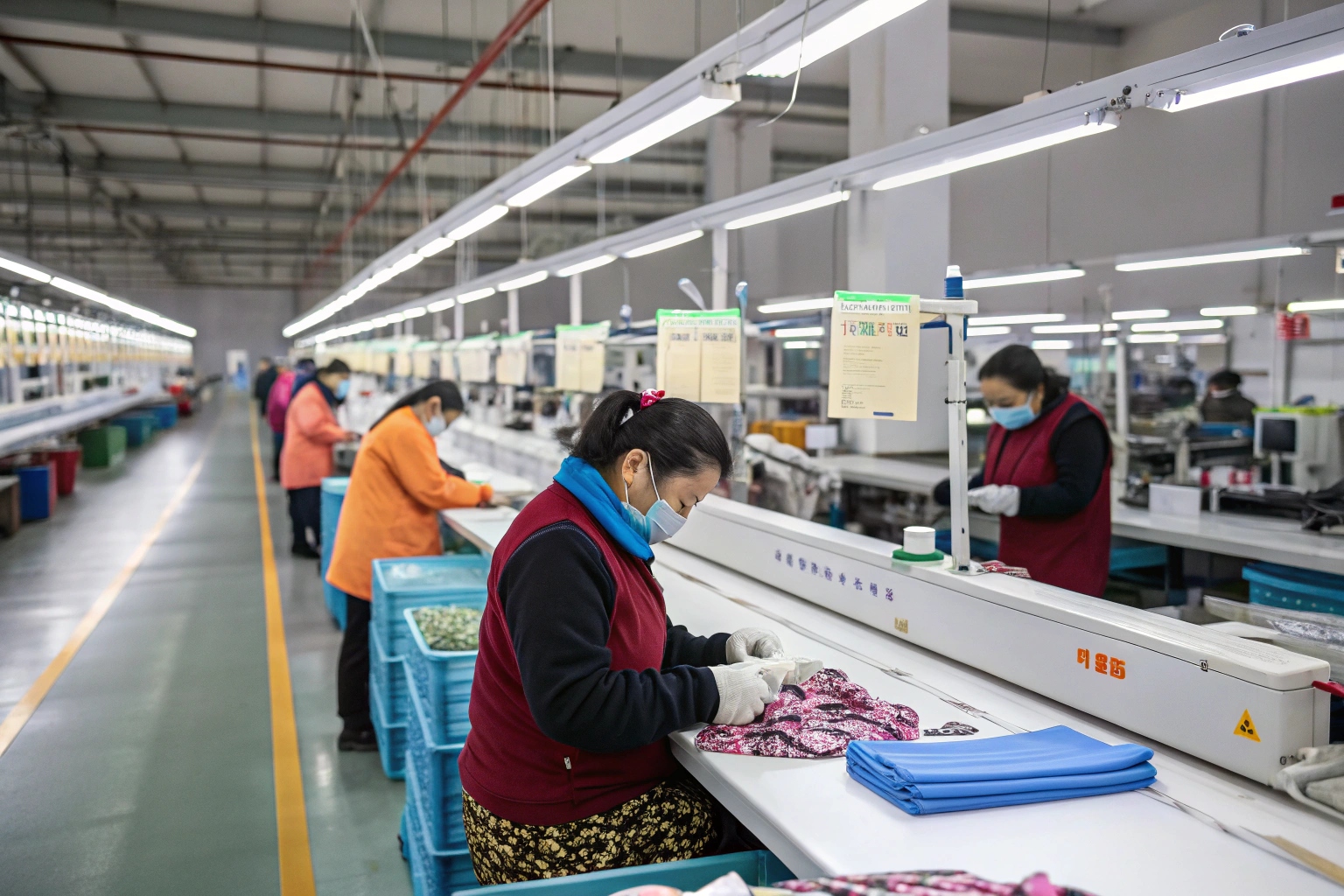LCL (Less than Container Load) shipping may seem like the cheaper option for smaller orders—but the invoice at delivery often tells a different story. Many accessory importers are shocked by surprise charges they didn’t plan for.
LCL shipping for fashion accessories includes hidden costs such as destination handling fees, documentation charges, deconsolidation fees, storage, and port surcharges. These often make it more expensive than expected.
As a factory that ships thousands of cartons of accessories worldwide—scarves, belts, hats, gloves—I’ve walked many clients through LCL costs. Here’s what you need to know to budget smart and avoid the hidden fees.
How to calculate LCL shipping cost?
Getting an LCL quote isn’t enough—you need to understand all the fees stacked beneath the surface.
LCL shipping costs are based on volume (CBM), but also include origin charges, destination fees, documentation costs, customs brokerage, and inland delivery. These costs are not always included in the freight quote.

What is a typical cost breakdown for a 2 CBM accessory shipment?
Here’s how the numbers often play out:
| Cost Category | Estimated Fee (USD) |
|---|---|
| Ocean Freight (2 CBM) | $100–$180 |
| Origin Charges | $50–$80 |
| Export Customs Fee (CN) | $30–$60 |
| Destination Handling | $80–$150 |
| Deconsolidation Fee | $75–$120 |
| Document Fee | $40–$60 |
| Delivery to Warehouse | $100–$250 (based on ZIP) |
| Total (Est.) | $475–$900 |
So while you might get quoted “$90 per CBM,” your final bill could be triple that.
We help clients by offering all-in DDP quotes, which include every item in the final door-to-door cost.
What affects LCL cost the most?
- Port-to-port route (Asia–East Coast more costly than Asia–West Coast)
- Delivery distance from port
- Port congestion (adds storage/demurrage)
- Product classification (certain goods trigger inspection)
To avoid surprises, we provide clients a pre-shipping invoice simulation with every LCL order.
Why is LCL shipping so expensive?
LCL looks cheap on paper, but fees add up—especially at the destination.
LCL shipping is expensive because the container is shared by multiple importers, which means higher handling, documentation, and deconsolidation costs at both origin and destination ports.

What makes LCL more expensive than FCL in many cases?
Let’s compare a 3 CBM LCL shipment vs a 20-foot FCL container:
| Item | LCL (3 CBM) | FCL (20' Container) |
|---|---|---|
| Freight Charge | $270 | $1,200 |
| Destination Handling | $120 | $150 |
| Deconsolidation | $100 | N/A |
| Delivery | $200 | $200 |
| Cost per CBM | $230–$330 | $60–$80 |
LCL can cost 3–4x more per CBM than full container if you're near the break-even point.
That’s why we advise: if your goods fill 10+ CBM, switch to FCL. Even partial loads may be cheaper in the long run.
What’s the tipping point for switching from LCL to FCL?
- 8–10 CBM: Often better to get 20ft FCL
- 15–18 CBM: Always cheaper per unit in FCL
- Soft goods (scarves, belts): Compressible = easier to fill FCL
We help clients plan LCL only when their volumes are small and predictable. Otherwise, FCL gives more control, fewer delays, and better economics.
What is the LCL service charge?
Many forwarders quote a low per-CBM price, but sneak in service charges later.
LCL service charges are destination-based handling fees that cover document processing, unloading, storage, and admin. These charges are added per shipment, not per item, and can vary by port and carrier.

What specific service charges appear on LCL invoices?
Here are common LCL service charges:
| Charge Type | Description | Typical Cost (USD) |
|---|---|---|
| Deconsolidation Fee | Splitting your shipment from the container | $75–$120 |
| Delivery Order Fee | Issuing documents to release your cargo | $30–$60 |
| Terminal Handling Charge | Handling goods at destination port | $40–$100 |
| ISF Filing (USA) | Import Security Filing by broker | $30–$50 |
| AMS Fee (USA) | Automated Manifest System fee | $25–$35 |
A buyer in Chicago received a $90 CBM quote. But by the time their scarves cleared customs, $380 in service charges had been added at the destination. That wiped out the profit on the order.
How can we help reduce or eliminate these charges?
- Offer DDP LCL pricing with all charges pre-calculated
- Ship to lower-fee ports (avoid New York or Oakland when possible)
- Consolidate cargo at origin to reduce deconsolidation
If you don’t ask for a full quote breakdown, service charges will surprise you. That’s why we insist on transparent LCL quotes upfront.
What are the disadvantages of LCL shipping?
Not everything about LCL is bad—but the hidden downsides catch many importers off guard.
The main disadvantages of LCL shipping are high per-unit costs, unpredictable delays due to consolidation, complex documentation, and increased risk of damage during multi-party handling.

What should fashion accessory importers watch out for with LCL?
| Disadvantage | Why It Matters |
|---|---|
| Shared containers | Other importers’ issues can delay your goods |
| Longer loading/unloading | Multiple points of handling = higher damage risk |
| Higher service fees | Unpacking, docs, port charges add up |
| Delays in deconsolidation | Can take days after port arrival |
| Limited sailing schedules | Weekly or bi-weekly departures only |
One US buyer of PU belts saw their goods stuck at a warehouse in LA for 4 days due to another importer in the same container failing customs. That wouldn’t have happened in FCL.
When does LCL make sense?
LCL is useful when:
- You’re testing new SKUs (e.g. a new style of hairbands)
- You’re restocking small batches
- Your forecast is uncertain
We often ship 2–4 CBM LCL for boutique accessory buyers, but as soon as they scale, we shift them to FCL or air consolidation to save time and cost.
Conclusion
LCL shipping can seem affordable—but hidden costs quickly add up. To stay profitable, understand the full cost structure, choose transparent forwarders, and switch to FCL or DDP when your order size allows.


